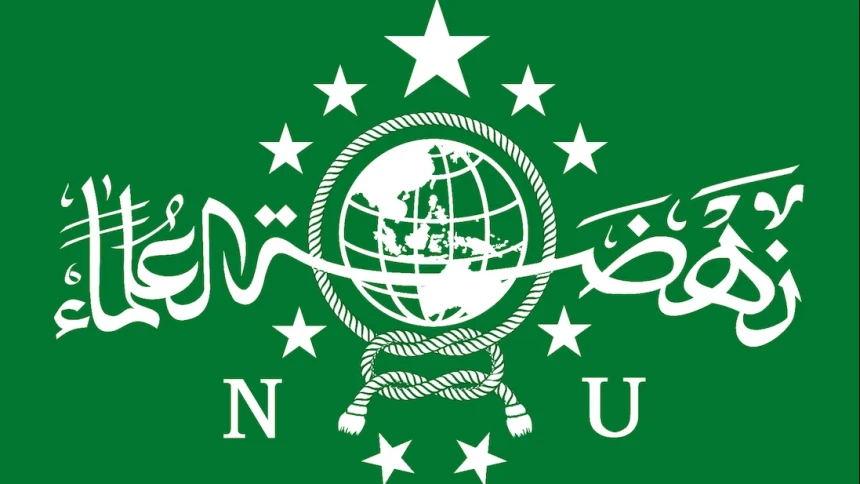Myths still cloud history behind Mbah Priok’s tomb, historian says
Senin, 26 April 2010 | 07:04 WIB
A leading Betawi historian and other officials have said the city administration should get its facts straight before declaring the tomb of a revered 18th-century cleric in North Jakarta a cultural heritage site.
Historian Alwi Shahab told the Jakarta Globe on Sunday that he wanted to dispel the myths surrounding Mbah Priok, whose grave site near the Tanjung Priok port was at the center of a violent riot on April 14.
“I just want to ensure the public knows who the real Mbah Priok was, and not propagate rival claims to the contrary,” he said.
“First of all, the name ‘Tanjung Priok’ did not come from ‘stranded rice pot’ or ‘magical rice pot’ that he had with him. The place was already known as Tanjung Priok as early as the second century,” Alwi said, referring to local lore that Mbah Priok washed ashore in what is now North Jakarta with a rice pot, known in the Malay lingua franca of the time as periuk.
Alwi said the name actually came from the sailing boats used by Chinese and Arab traders who arrived in the region. The local inhabitants did not recognize the strangevessels and called them periuk raksasa, or giant rice pots.
The second myth, Alwi continued, was a claim that Mbah Priok was the great-grandson of a sultan in Palembang. “This wasn’t true, because Sultan Hamid died in 1820 at age 70, and these people claim Mbah Priok died in 1756, before the age of 30,” he said.
“How can someone’s great-grandson be older than them?”
Alwi said Mbah Priok was the son of an important man in the Palembang, and was therefore made a ‘mufti,’ or member of a council of clerics, to issue edicts in the sultanate. “He also invented prayer lines for the hajj [pilgrimage to Mecca] that are still used today,” he said.
Alwi said Mbah Priok arrived in Jakarta with other missionaries to spread Islam across Java, and was only one of 11 missionaries who was buried in the area.
The 69-year-old historian said he had never even heard of Mbah Priok until the recent riot grabbed media headlines, prompting him to research the topic.
Arie Budhiman, head of the city’s culture and tourism agency, said his office would not be pressured into awarding Mbah Priok’s grave site cultural or historical recognition.
“We have procedures,” he said. “The heirs must first file a formal request, which we haven’t received, and their land shouldn’t be under dispute, which it is, and of course the historical aspects must be verifiable.”
Arie added that any request by the heirs would be discussed by historians, archeologists, sociologists and architects.
Chandrian Attahiyat, another agency official, said the calls to declare the area a cultural heritage site were based more on myth rather than historical facts. “Whether the bones are still there or not, the tomb has its own following that espouses a strong belief in it, even making pilgrimages there,” he said. “At most it’s an intangible cultural heritage that must be protected.”
Chandrian cited the dispute over the grave site of Prince Jayakarta, a local 17th-century warrior.
“To date we have three different communities in Banten and Jakarta claiming theirs is the location where Prince Jayakarta was buried,” he said.
Yan Djuanda, a lawyer for Mbah Priok’s heirs, claimed the land was rightfully theirs under the terms of a 1934 Dutch colonial title deed. “Whatever my client’s relation to Mbah Priok, the Eigendom certificate entitles him to the land,” he said.
He cited a case in Kuningan, West Java, in which the Supreme Court awarded the plaintiff Rp 960 billion ($106.6 million) in compensation based on his Eigendom certificate. (jg/dar)



